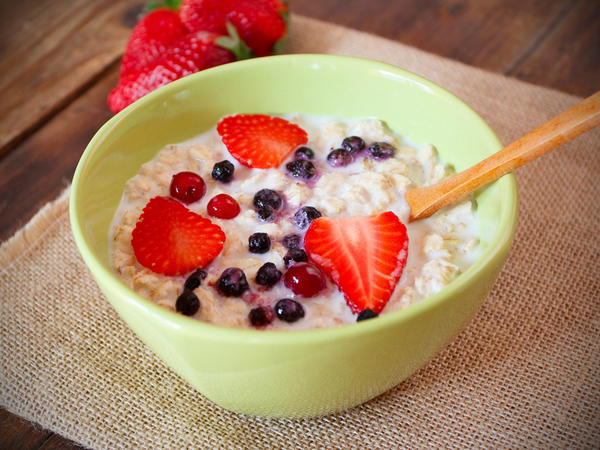Fresh, Nutritious and Tasty: Why Indian Food Is Good For You

Rewind British cuisine 50 years and you would find many dishes that would raise an eyebrow in today’s health-conscious kitchens: bread and dripping, meat with the fat left on and plenty of home-made chips oozing with oil. A transformation has taken place in how we think about and prepare food, with a greater focus on nutrition.
Indian food has undergone a similar change. Ask a British Indian about the difference between their cooking style and that of their grandma and you will find one major difference: oil. The food served in Indian restaurants in the UK used to be on the greasy side, but restaurants serving contemporary Indian food serve healthier fare.
It is a misconception that Indian food has to be doused in oil or clarified butter (ghee). Many recipes use a tadka or infused oil to start or complete the preparation of a dish, as a base for developing a delicious spice blend. Yet tadkas need only enough oil to add sizzle to cumin seeds, chillies, peppercorns or other spices; often one teaspoonful is enough.

Indian dishes served with a rich gravy, such as Chicken Masala, Rogan Josh or Mutter Paneer, are often based on fresh, nutritious vegetables such as tomatoes, onion, garlic and spinach. The sauces are simmered until the vegetables break down into a creamy consistency, but the vegetable goodness is still there.
Many Indian recipes are also great for the waistline. Options such as Tandoori Chicken or Lamb Sheekh Kebab feature tender marinated meat baked or grilled without added fat. Accompanied by plain rice, a delicious hot chapatti and a crunchy salad, these make great choices for those watching their weight.
Indian food is also a source of valuable nutrients and substances because of its unique use of herbs and spices. Developed over thousands of years, Indian traditional medicine or Ayurveda provides a guide to eating for good health, whether it’s a probiotic yoghurt lassi drink for good digestion, garlic for the heart, or the anti-oxidant effect of red chillies.
Lentils and beans, which are a key staple in Indian cuisine, have many health benefits. They have been linked to lower cholesterol, reduced risk of heart disease and better bowel functioning. They are also a great source of iron, protein and numerous vitamins and minerals.
Indian food often incorporates a range of different and contrasting flavours into one dish, a practice which is related to the Ayurvedic ideas about there being six categories of taste. According to the theory, diners feel truly satisfied when their meal contains a little of each of the flavours: sweet, such as honey; sour such as lemons or yoghurt; salty; pungent such as cayenne pepper or ginger; bitter such as turmeric or spinach; and astringent such as lentils and beans.
Of course, there are times when nothing but an indulgent Indian snack will satisfy the appetite; deep-fried sticky jalebi, a crispy samosa, or mouth-watering onion bhaji, for example. Treating yourself to these tasty favourites is sometimes irresistible. Whatever your mood, there is certain to be a fine Indian dish to suit it!
